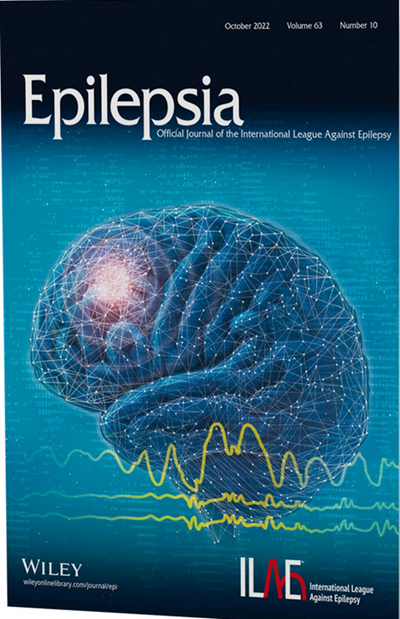Long-term safety and efficacy of adjunctive lacosamide in the treatment of generalized onset tonic–clonic seizures: An open-label extension trial
Abstract
Objective
This study was undertaken to assess long-term safety, tolerability, and efficacy of lacosamide (LCM) as adjunctive therapy for generalized onset tonic–clonic seizures (GTCS) in patients aged ≥4 years with idiopathic generalized epilepsy (IGE).
Methods
EP0012 (NCT02408549) was a phase 3, multicenter, open-label extension (OLE) trial. Patients were enrolled from SP0982 (NCT02408523). Trial duration was ≥2 years (adults) and ≤5 years (children). The trial consisted of a treatment period, ≤4-week taper period, and 30-day safety follow-up. Safety (primary) variables were incidence of treatment-emergent adverse events (TEAEs), discontinuations due to TEAEs, incidence of onset of absence or myoclonic seizures, and increase in days with absence or myoclonic seizures per 28 days. Efficacy (secondary) variable was percent change in GTCS frequency per 28 days. Kaplan–Meier estimated retention rates and analyses by number of lifetime antiseizure medications (ASMs) were performed post hoc.
Results
Overall, 239 patients (mean age = 27.9 years, 56.1% female, 18.4% children) were enrolled and received ≥1 dose of LCM in this OLE (median treatment duration = 3.2 years); 157 (65.7%) completed the trial, and 82 (34.3%) discontinued. The most common reason for discontinuation (≥10%) was withdrawn consent (30 [12.6%]). Kaplan–Meier estimated retention rate was 87%, 72%, and 60% at 1, 3, and 5 years, respectively. Overall, 222 (92.9%) patients reported TEAEs; 19 (7.9%) discontinued due to TEAEs. Few patients had an increase in number of days with absence or myoclonic seizures, or incidence of new absence or myoclonic seizures. Median percent change in GTCS frequency per 28 days from the combined baseline was −88.6% (range = −100.0 to 465.4, n = 238). Post hoc analyses demonstrated small numerical differences between patients with 1, 2, and ≥3 lifetime ASMs.
Significance
The results support the use of long-term adjunctive LCM for GTCS in patients with IGE. Long-term adjunctive LCM was efficacious and well tolerated independent of the number of ASMs used before LCM initiation.
Clinical trial registration: ClinicalTrials.gov: NCT02408549.


 求助内容:
求助内容: 应助结果提醒方式:
应助结果提醒方式:


